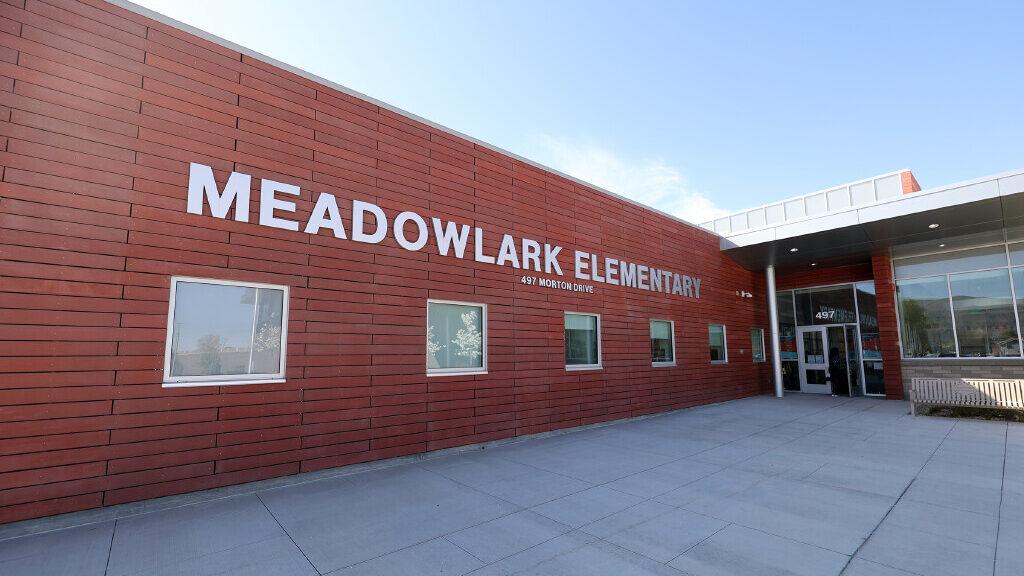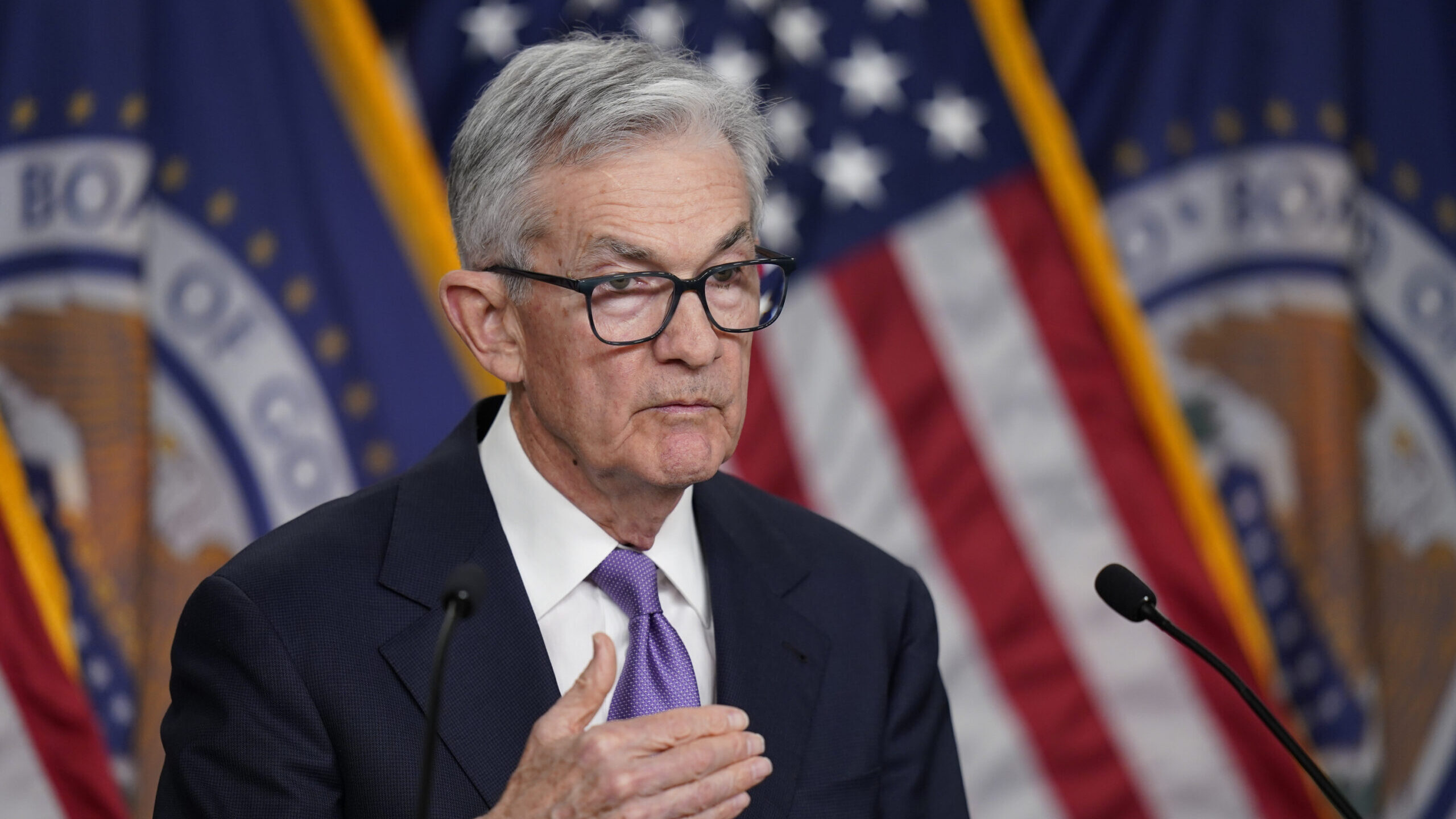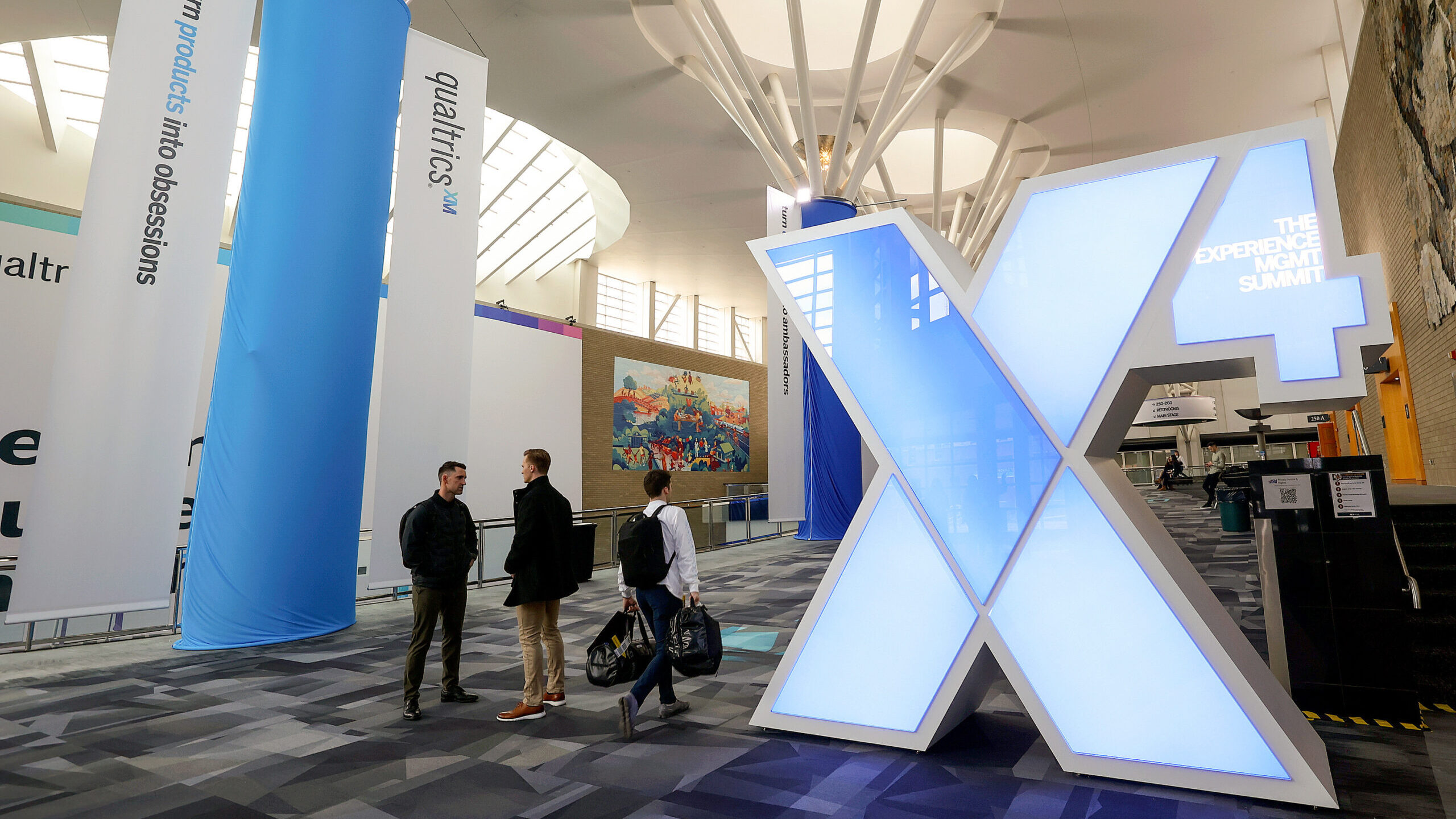US inflation cooled significantly in May — but it’s still not where the Fed wants it
Jun 13, 2023, 6:43 AM | Updated: Aug 13, 2023, 7:57 pm

SAN RAFAEL, CALIFORNIA - APRIL 12: Customers shop for eggs at a Sprouts grocery store on April 12, 2023 in San Rafael, California. (Photo by Justin Sullivan/Getty Images)
(Photo by Justin Sullivan/Getty Images)
Minneapolis (CNN) — US inflation is coming back down to Earth: Consumer prices in May rose at the slowest annual pace since March 2021, according to fresh data released Tuesday by the Bureau of Labor Statistics.
The Consumer Price Index, a key inflation gauge that measures price changes for a basket of goods and services, increased 4% for the year ending in May.
That represents a sharp pullback from April’s 4.9% and is slightly below economists’ expectations for a 4.1% gain, according to Refinitiv.
It’s the 11th consecutive month that inflation has slowed.
On a monthly basis, prices ticked up 0.1%. Economists were expecting prices to increase by 0.2% from April to May.
A drop in energy prices and a slowdown in food price hikes helped bring down the headline number, as did the influence of what is known as base effects: This time last year, inflation was marching upward and setting fresh 41-year highs before topping out at 9.1% in June.
When stripping out the more volatile components of food and energy, core CPI measured 5.3% for the year, slightly down from April’s annual reading. It ticked up 0.4% on a monthly basis.
The core readings are right in line with economists’ predictions, according to consensus estimates on Refinitiv.
The largest contributor to inflation is the shelter category, which economists expect will fall in the months ahead.
Shelter costs, as measured in the CPI, tend to lag more than other categories as the BLS collects rent data every six months and most rents don’t change too frequently. Private-sector data shows that apartment rents have fallen in recent months, suggesting an eventual cooldown in shelter prices will show up in the CPI.
Tuesday’s CPI report comes as Federal Reserve officials sit down for the first day of their monetary policymaking meeting and is one of the last major pieces of economic data to digest before they announce their rate decision on Wednesday.
Since March 2022, the Fed has increased its benchmark interest rate 10 consecutive times in an attempt to bring down historically high levels of inflation, but is widely expected to pause that hiking campaign this time.
Markets are currently pricing in a 94.2% probability that the Fed pauses on Wednesday, according to CME FedWatch.
This story is developing and will be updated.













